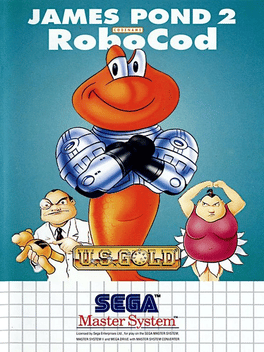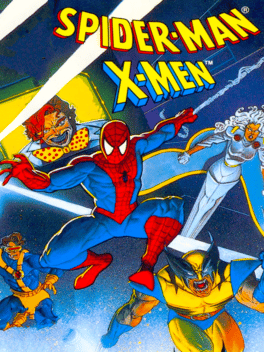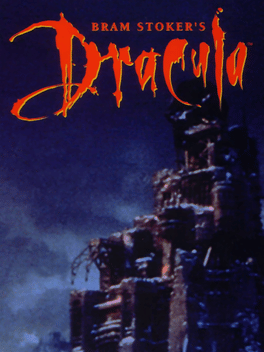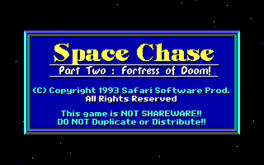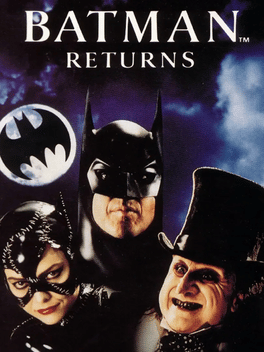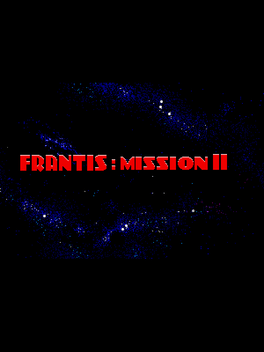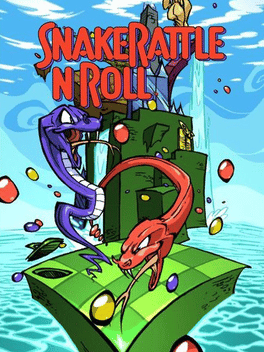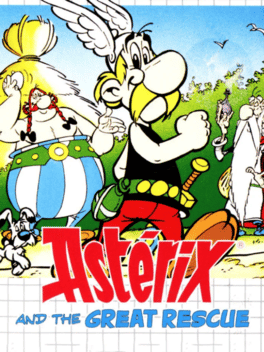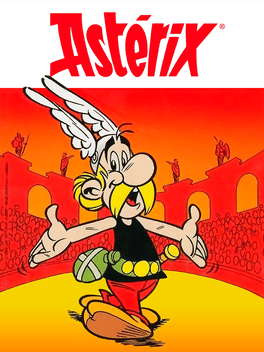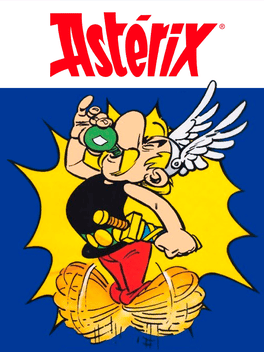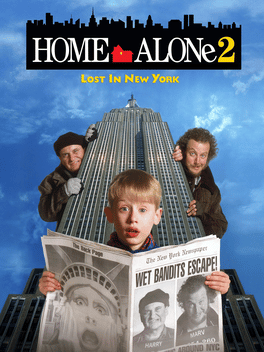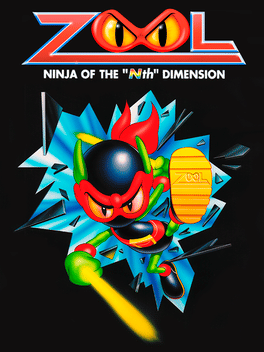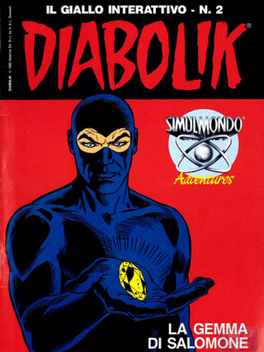New Playstation 2 Games - Page 215
-
Skyblazer
1994
Skyblazer
1994
star 7.7Arianna, a young sorceress, has been kidnapped by Ashura. Sky has pledged his life to rescuing her. Sky must venture through many colorful stages and nice background effects. Skyblazer is a blend of side-scrolling fighting with magical skills. Locating potions to recover energy and gaining magic points to thrash the enemies becomes a major part of the gameplay. Sky can also stick to and climb vertically up walls. -
Super James Pond
1993
-
Cliffhanger
1993
-
Space Chase II: Fortress of Doom!
1993
Jason Storm chases after alien invaders in this 2D platformer. Solve puzzles, jump over Slime Devils and PatrolBots if you can’t find a vantage point which lets you shoot them, and be careful to not run out of ammo! -
Batman Returns
1993
-
Frantis: Mission II
1993
-
The Lost Clown
1993
The Lost Clown
1993
The Lost Clown is a DOS shareware platformer that was released in 1993. Although additional levels were planned the game remains shareware. The controls are simple and the movement and jumping is tile-based. -
Astérix
1993
-
Astérix
1993
-
Astérix
1993
-
Zool
1993
-
Mi ni Iku zo! Hedgehog
1993
Mi ni Ikuzo! Hedgehog is a Japanese fan game developed for X68000 computers in 1993 by Kiyoshi Sakai (co-creator of Umihara Kawase), and later ported to the PlayStation using the Net Yaroze development kit in 1997 by the same creator.

